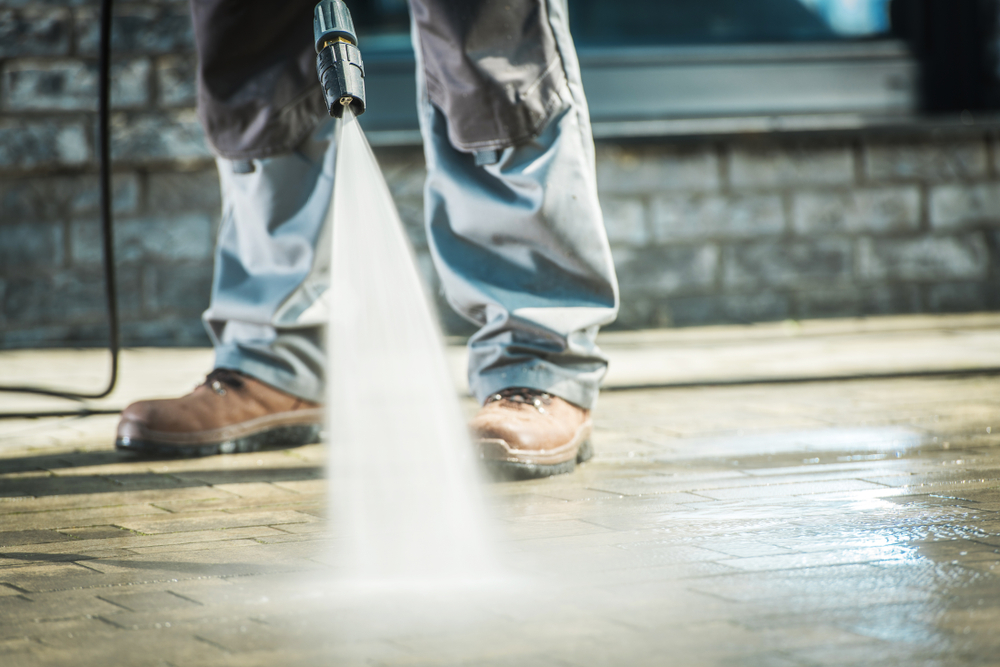
Cleaning an Asphalt or Concrete Driveway
15th July 2021
Tools You Will Require
- Hosepipe with pressure nozzle
- Outdoor brush/broom
- Buckets
- Pressure washer or power washer with a 15-degree nozzle
- Tarpaulin or Plastic covers
- Trisodium phosphate (TSP)
- Sawdust/ cat litter/ diatomite
- Detergent
- Degreaser
- Absorbent towel/cloth
- WD-40
Pre-cleaning Procedure
- Make sure you’ve cleared out your driveway and the garage door is closed.
- Shield your plants, windows, potters, and other exposed areas around your driveway. Use a tarp or a plastic cover to protect them from water and debris.
- Dry-brush your driveway to remove any dirt or dead leaves that are on the surface.
Removing Oil/Grease Spots or Stains or Dried Gum
The most effective way to clean oil spots is to clean them when the site is still fresh. As time passes, oil/grease goes deeper into the concrete/asphalt and becomes harder to clean.
- Sprinkle cat litter/sawdust/diatomite on fresh spills and wipe away with an absorbent cloth.
- For older spots, spray TSP on the affected area. Handle with gloves, use a garden spray for TSP, and never your washer. It is not environmentally safe, and it is very alkaline. Be careful not to spray it into nearby drains.
- You may also use detergent with warm water to brush over any other stains. After brushing the area, hose it down.
- Use a lubricant like WD-40 for removing dried chewing gum. Rub it onto the area and leave for a few minutes. After which, you can scrape it off.
Power/Pressure Washing
Reserve a day or two for cleaning with washers. They can use quite a lot of water, and driveways take up to 12 hours to dry thoroughly.
- If your concrete driveway has a paver-like design, make sure to clean in between the pavers first.
- Set the washer at a pressure of 3000 psi. If your driveway is a slope, work your way down, i.e., top to bottom.
- Ensure you spray at a consistent angle with steady swipes to ensure you get a uniform clean.
- After washing, hose your driveway down. Start from where you began washing.
- You may apply a sealer after your driveway fully dries up. Although, hiring professionals to seal your driveway is a better idea. They will not only seal your driveway but also assess the condition of your driveway and may provide repairs.
Conclusion
Professionals can also pressure wash your driveway. If you are busy or do not want to risk damaging your driveway, do not hesitate to ask for help. Although concrete and asphalt are quite durable surfaces, keep an eye out for cracks, moss, or growth. Taking care of them sooner will ensure they last longer.


